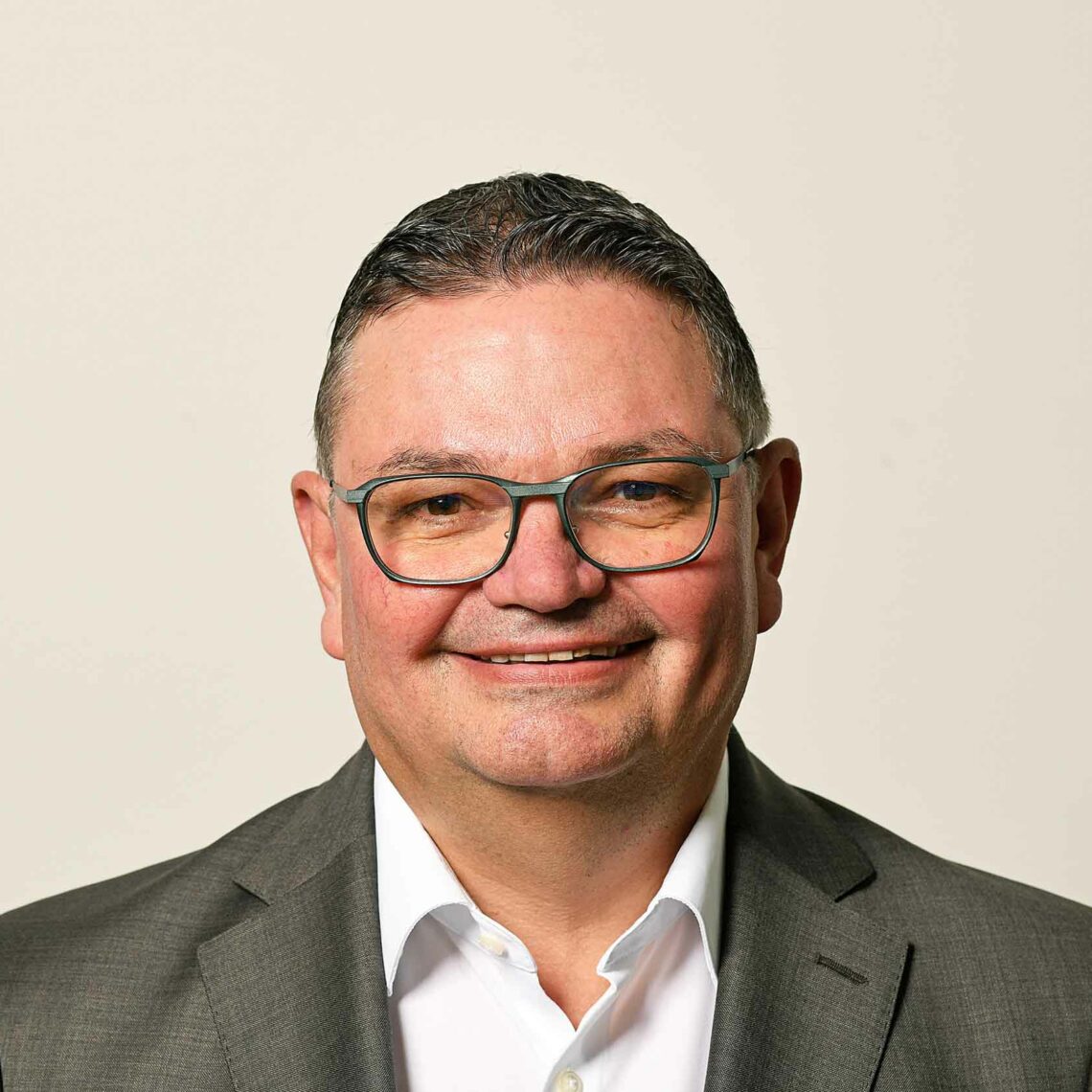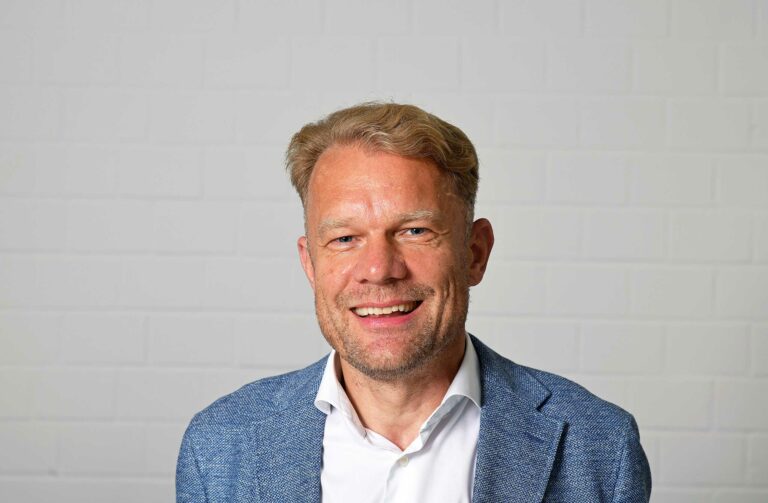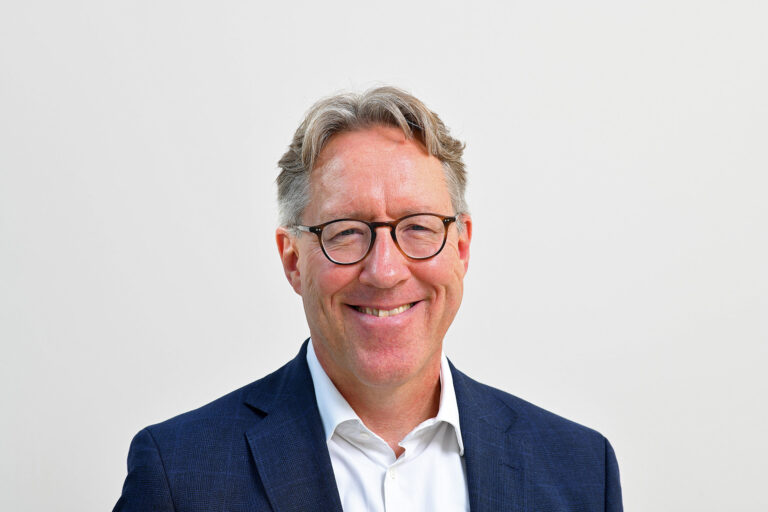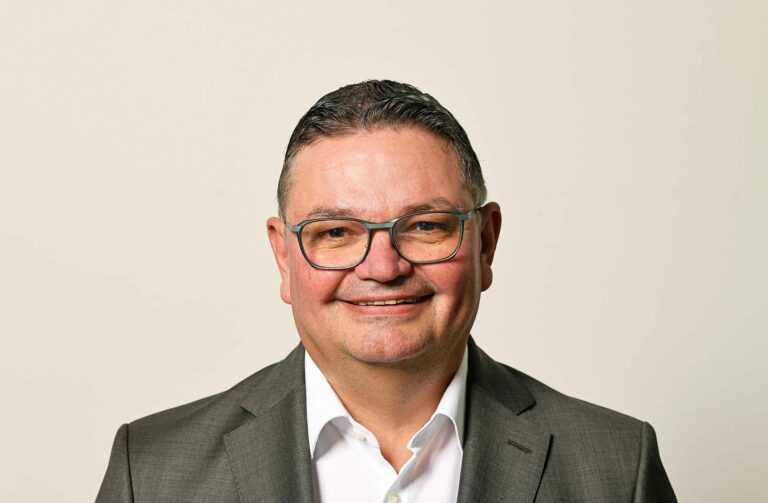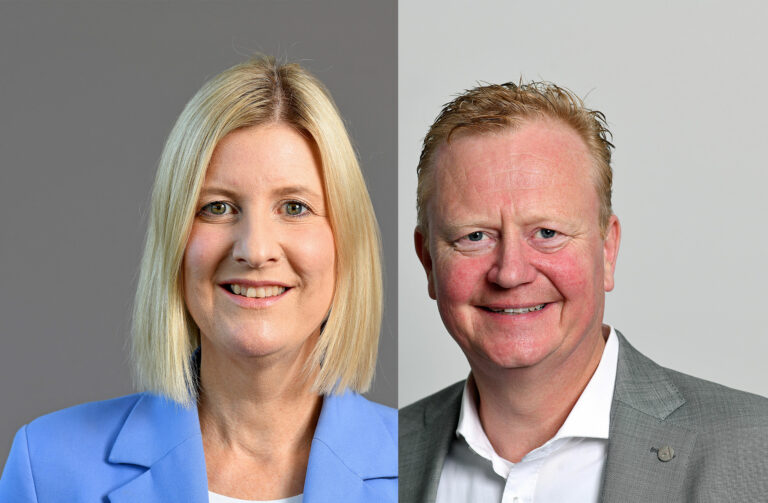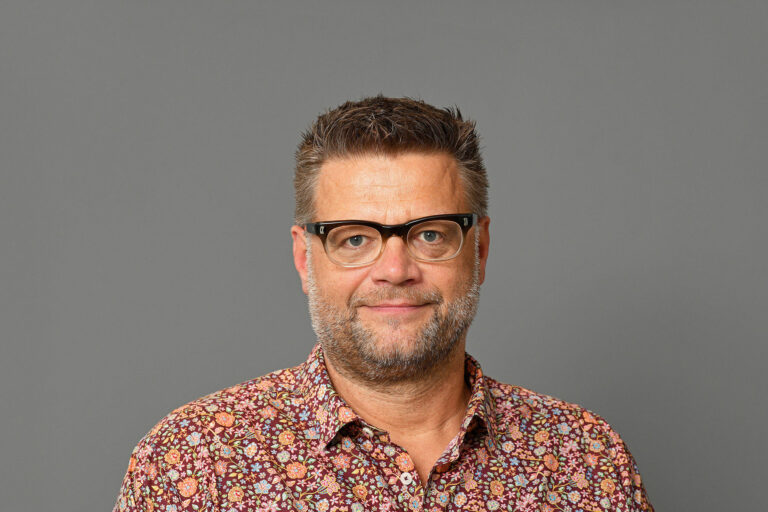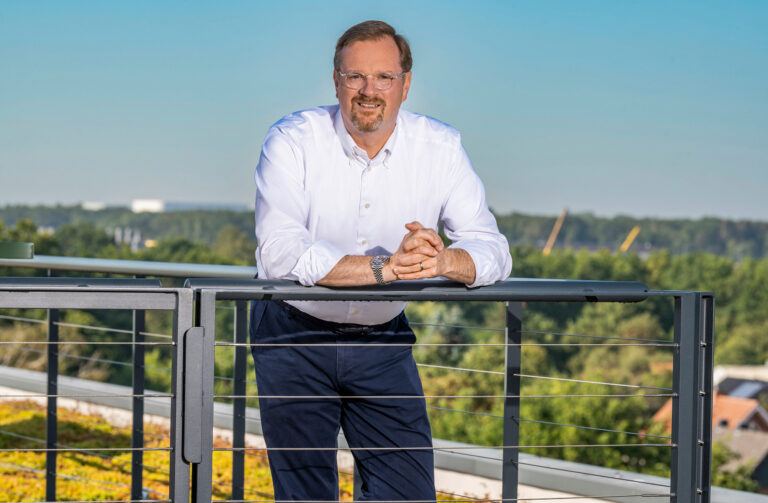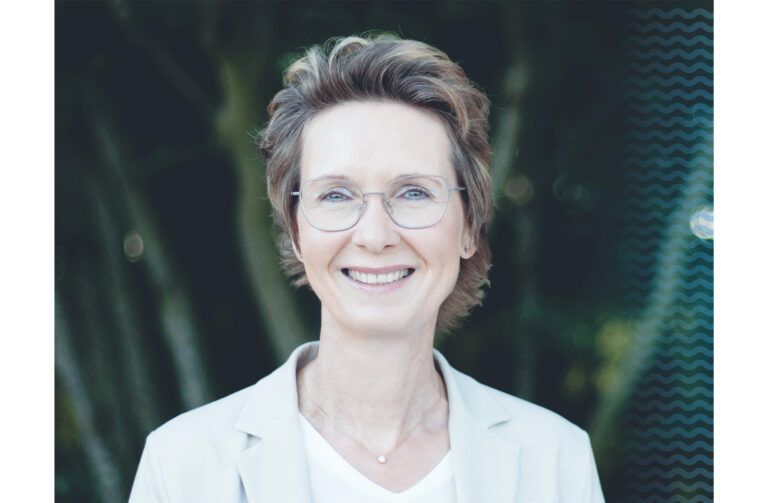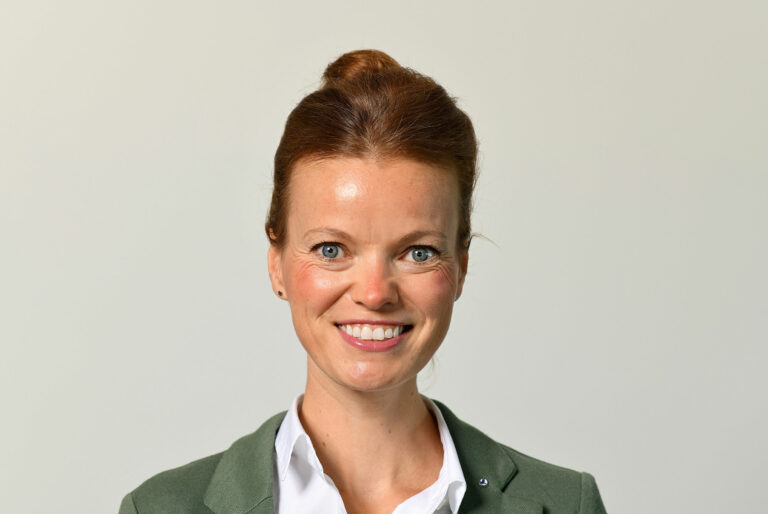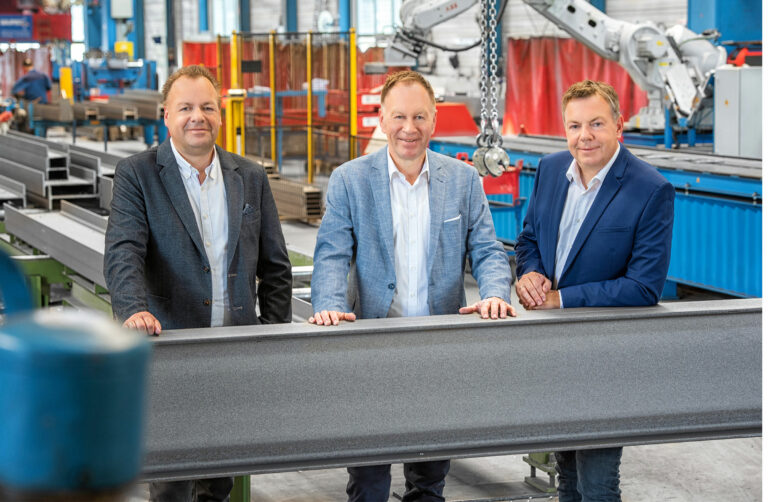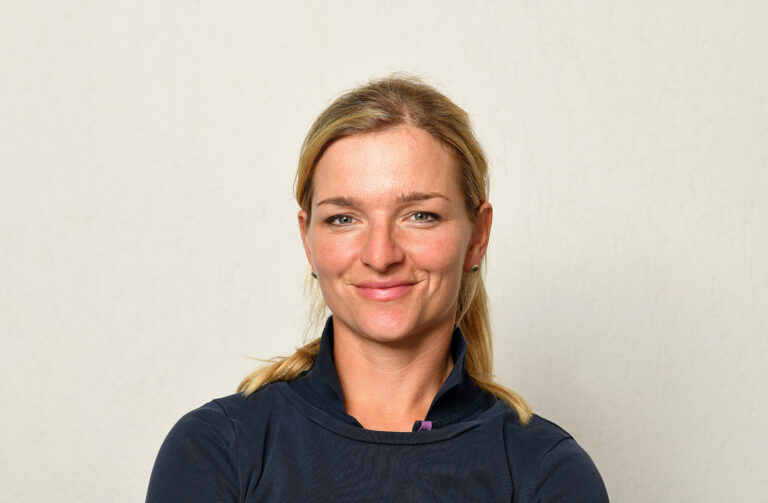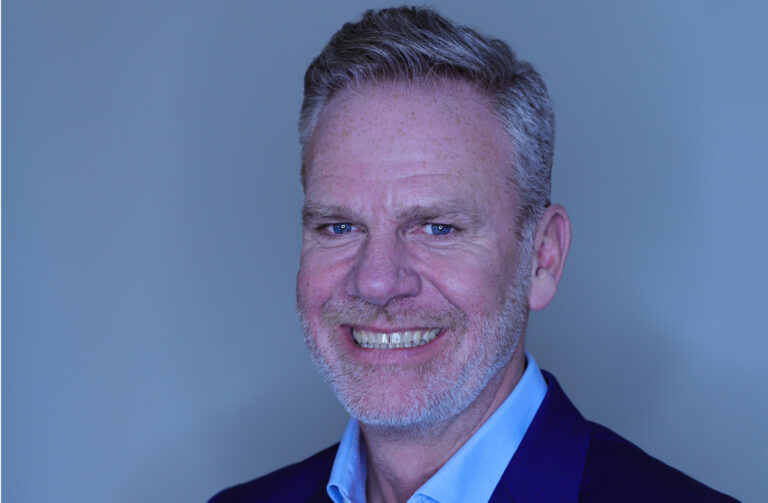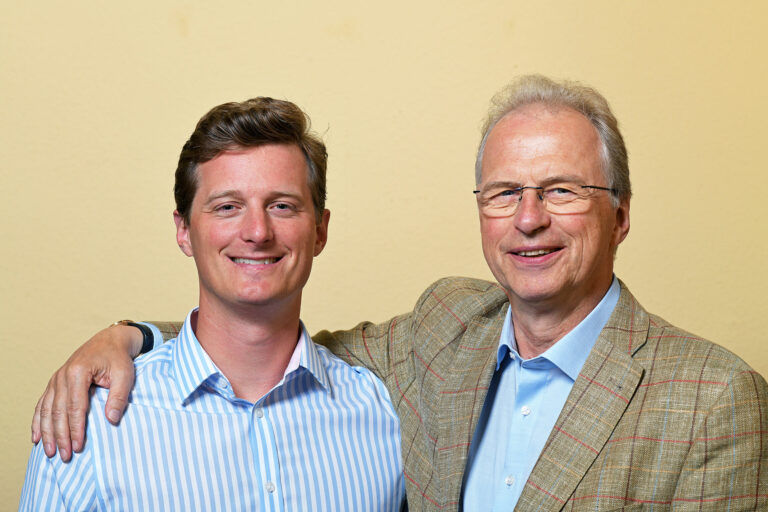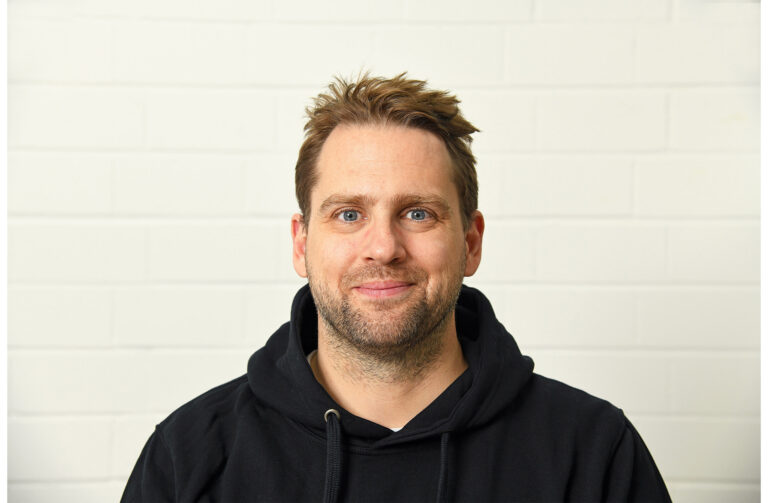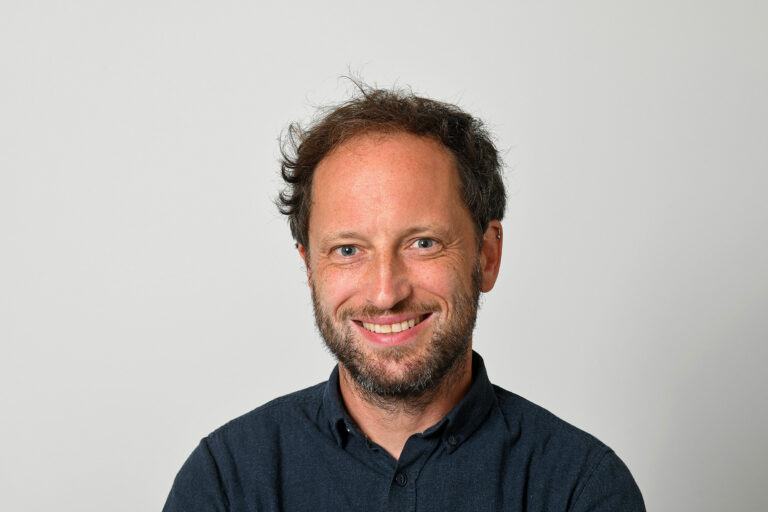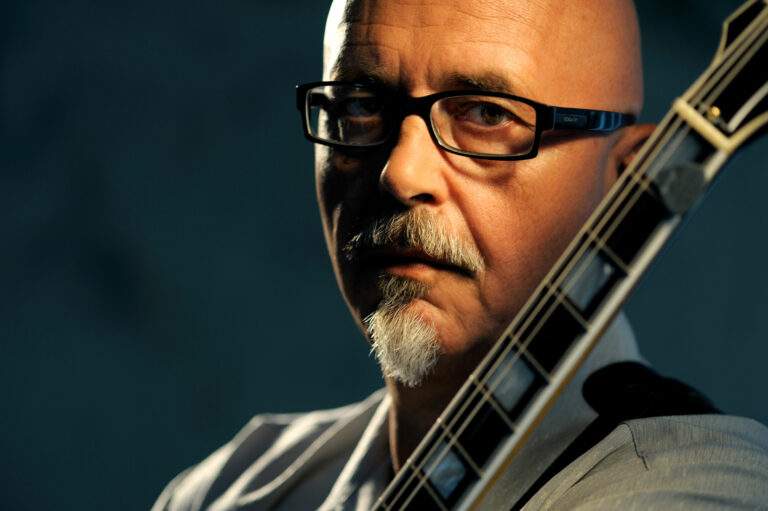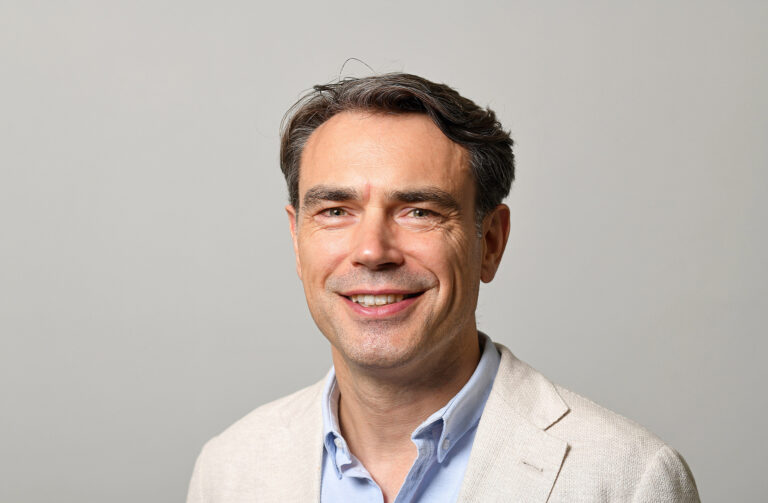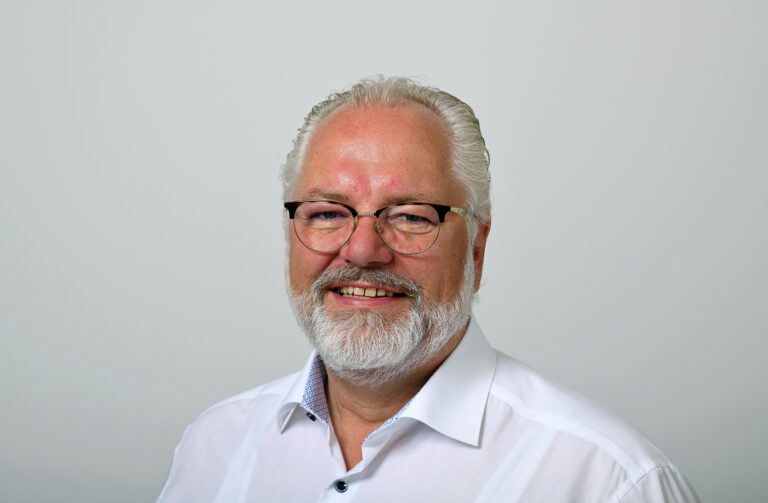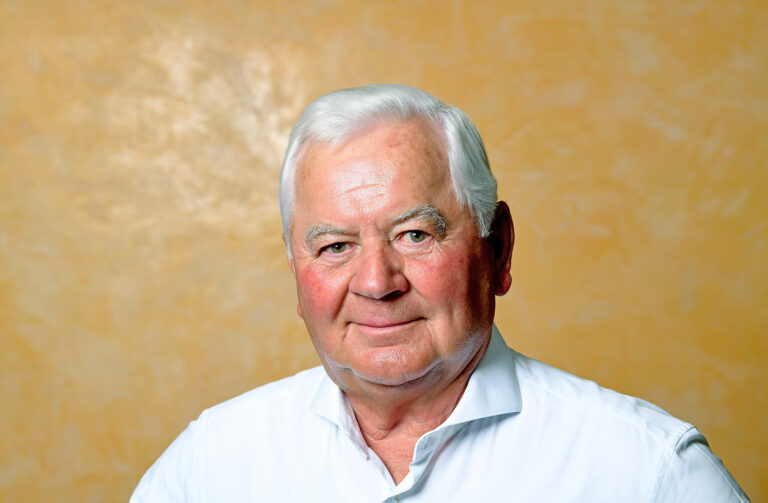Dieter Barlage
The Emsland has always been seen as a region of movers and shakers. The people who live here pull together to drive projects forward. For example, it was only possible to close the gap in the A31 motorway at the start of the century because there was a shared interest in making the region more accessible. Companies, private individuals, local authorities, towns, villages and rural districts made money available – for a shared goal, a vision.
Over the last 70 years, the Emsland, which was once the poorhouse of Germany, has not only evolved into an economically strong region, but also in-stigated and implemented other major infrastructure projects besides the A31, including improvements to the Dortmund-Ems canal and the construc-tion of the Eurohafen Emsland inland port in Haren.
However, one cross-border project is thwarting all this energetic drive. For years there have been controversial discussions about the planned upgrade of the European route E233, the shortest connection between Bremen and Hamburg in Germany and the Dutch cities of Amsterdam and Rotterdam. While work on the four-lane upgrade of the road on the Dutch side of the border was completed back in 2008, the improvement project on the German side has floundered, although it should have been finished by now.
There is a collision of interests here: proponents such as local authorities, associations, chambers and many companies see the project as a chance for the economic future of the Emsland, while opponents warn of the ecological consequences and high costs. In the end, what matters more? Nature or the economy? Or could the two possibly be reconciled? What would the improved road – or an end to the project – mean for the region?
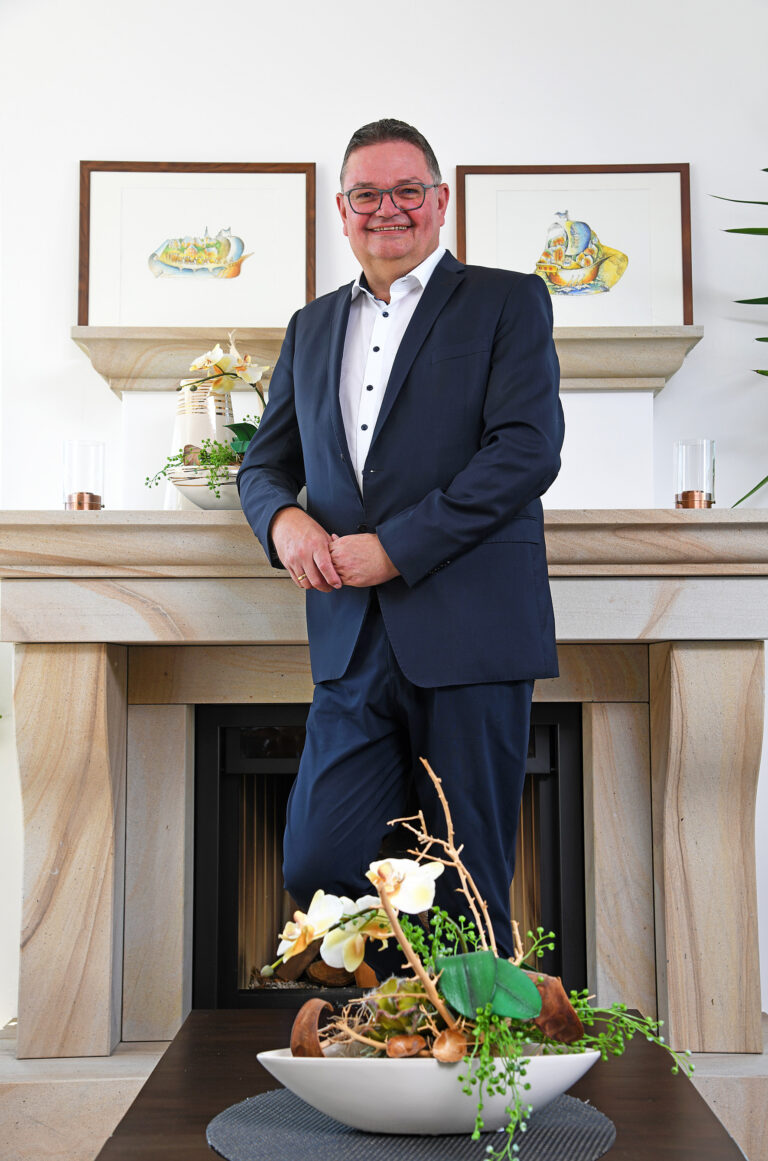
Infrastructure shapes a region
One of those in favour of the construction project is Dieter Barlage from Haselünne. He is the managing director of Barlage GmbH, a company that makes large components and custom apparatus for the industrial sector, including huge converters and reactors. The large steel structures are trans-ported by road. As chairman of the “Pro E233” association, Barlage advocates the four-lane upgrade. What is his driving force? Why is the E233 so important for the Emsland – and what does he think about what the opponents say?
Economic interests are certainly not in the foreground. “For us as a company, upgrading the road brings more drawbacks than benefits,” says Barlage. Whatever the company sends by road is usually gigantic in size and can only be transported on special heavy goods vehicles. In future, these will have to bypass more bridges or take a completely different route, if the road is upgraded.
No, there’s another reason. Dieter Barlage grew up in Emstek near Cloppenburg, in the immediate vicinity of the A1 motor-way. As a child, he saw for himself how this motorway put his village in touch with the rest of the world. That shaped him just as much as the project to close the gap in the A31 motorway in the 1990s, where he was actively involved. Today, he’s cam-paigning for the upgrade of the E233. “If they don’t improve this road, there’s a risk that the Emsland will be left behind,” warns Barlage. “Being accessible is hugely important – not just for the economy, but also for the quality of life of people living here.“
Opponents criticise the environmental impact and the costs
What does that mean specific terms? “If the region is not easily accessible, everything suffers,” says the association chairman. “People move elsewhere, doctors and skilled workers stay away because they feel isolated.” He knows the problem himself. Last year, he hired 26 new employees, who all had problems finding a family doctor. “I talked about this to the managing director of the Red Cross,” reports Barlage. “He told me that many doctors don’t find the region attractive.” Accessibility plays a crucial role: how quickly and reliably can people get to larger cities such as Bremen? The idea is that improving the road would reduce journey times and could counteract the skills shortage.
Furthermore, there are many roads that are safer than the E233 in its current condition. Studies indicate that this route takes more heavy traffic than any other road in Germany. Farm vehicles also use the busy road a lot and make life hard for car drivers because there are very few opportunities to over-take, due to oncoming traffic and the many farm driveways that merge directly onto the main European road. “Unfortunately, lots of fatal accidents happen here, with oncoming traffic involved in most cases,” says Barlage. “A four-lane upgrade could make the road much safer”. This would also reduce the amount of traffic using the side roads and thus improve traffic safety in general.
Infrastructure is more than just roads or bridges: it shapes how people live, work and move around. It decides who gets to work and back again quickly and safely, which cultural events are within reach and whether a region remains attractive for skilled workers. But building or improving a road always has a considerable impact on the environment, and costs a lot of money as well. Among others, the project opponents criticise the costs, which have seen a dramatic increase in recent years, with estimates now exceeding 1.3 billion Euro and rising. Critics also warn about the ecological consequences and question the economic efficiency of the project.
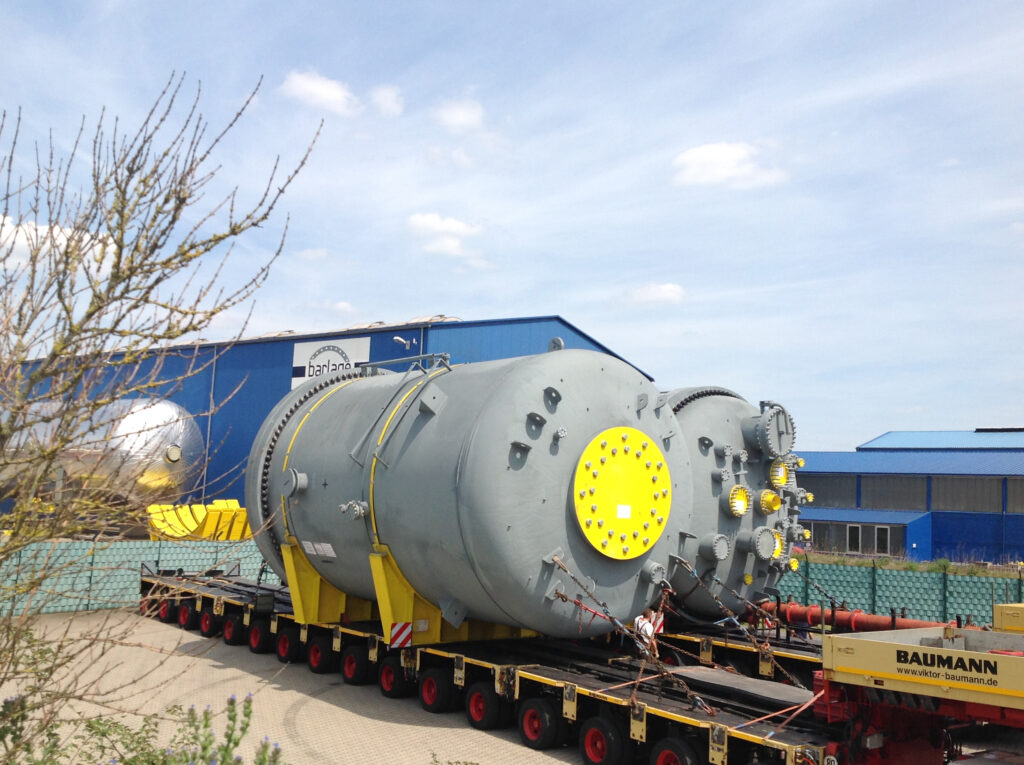
Long delays
But Barlage sees things differently. He thinks the increased costs are being used as a fake argument rather than a compelling reason against the up-grade. “German rights of withdrawal and litigation cause repeated delays,” he says. At the same time, inflation keeps increasing and everything gets more expensive, so that every delay automatically means that projects cost more. “And then those who caused the delay come with their arguments about increased costs. It’s like comparing apples and pears, particularly when you think that the original plans including the costs referred to a com-pletely different route.”
Another argument brought forward by the critics is the amount of land that would be consumed by upgrading the E233. Originally, it was estimated that 1,000 hectares of land would be needed, but revised plans reduced this to 150 hectares. “Admittedly, that’s still fairly voracious land consumption,” admits Barlage. “But some of the land will be returned to nature again afterwards and can be regenerated.” Although the loss of land is painful for agriculture, it is not an existential threat.
Probably the strongest argument against the upgrade – and also the one causing the longest delays – is its impact on nature. Dieter Barlage has dealt intensively with the whole issue and taken a look at how similar projects have been implemented in harmony with nature in the Netherlands. “Why shouldn’t we be able to do that here?” he asks.
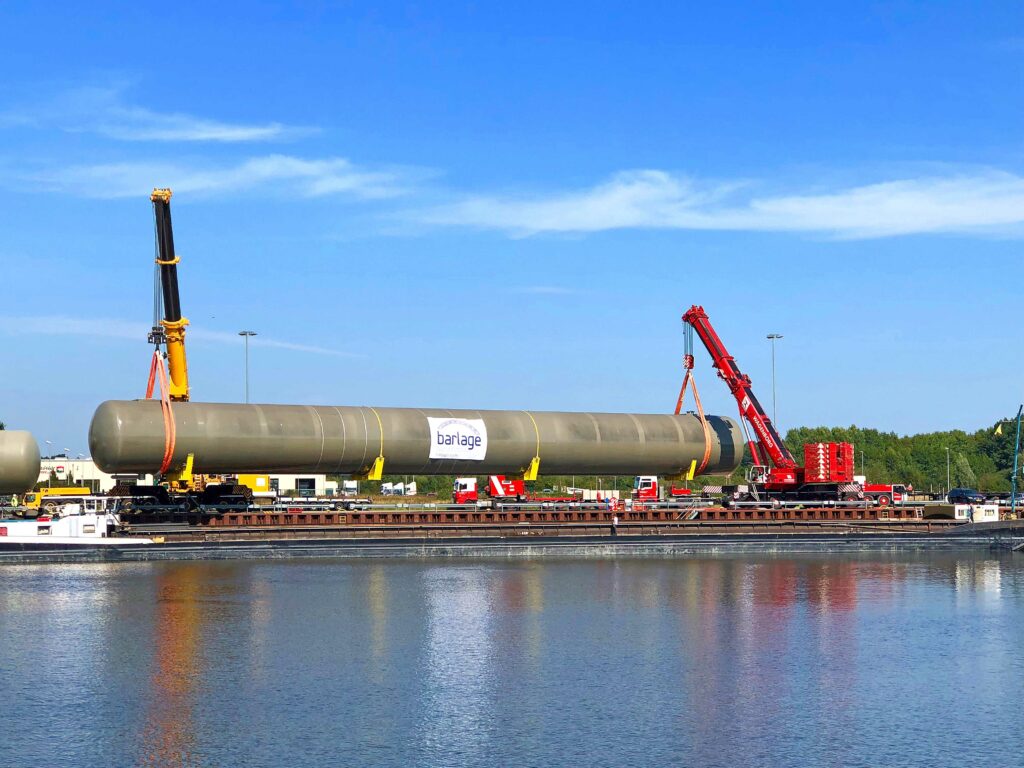
Maintaining the status quo in the region
Whatever nature has lost due to the upgrade will be returned elsewhere. This presents an opportunity to create a habitat for threatened species or to use plants that are also able to thrive in arid settings and under changed climatic conditions. “We have the chance to regenerate nature and to build a modern, safe road at the same time.” The Netherlands have been more successful in bringing the various interest groups round the table before the start of the planning process in order to find the necessary compromises. Work to improve the road on the other side of the border was completed much faster. “But it seems all they do in Germany is to wrangle about it and play for time,” he criticises. “That is a huge mistake. We must learn to talk to each other again and to find solutions that everyone can live with.”
For Dieter Barlage, upgrading the E233 is a crucial step to making the region fit for the future. “We must take the right decisions,” he says with emphasis. “Otherwise there’s a risk that the Emsland will get left behind.” The resulting exodus would weaken the economy in general, the property market, the construction industry and the retail trade. There would be almost no incentive for skilled workers to settle here. And companies could opt to move their headquarters to the Ecopark on the A1 motorway or to Schüttorf interchange on the A31 in the interests of better accessibility. For Dieter Barlage, the aim of improving the road is to maintain competitiveness, in compatibility with ecological aspects. “I don’t believe that growth alone is good,” he says. “It’s more a case of maintaining the status quo and reconciling people and nature.”
Barlage GmbH
Sie sehen gerade einen Platzhalterinhalt von Standard. Um auf den eigentlichen Inhalt zuzugreifen, klicken Sie auf den Button unten. Bitte beachten Sie, dass dabei Daten an Drittanbieter weitergegeben werden.
Mehr Informationen
